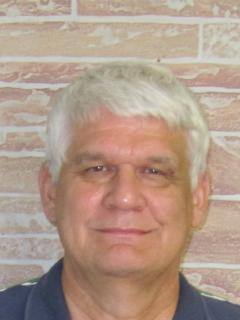DL: When you look at your Dakota ancestry, was that side of your family involved in the war to the extent that they fought it, or were they the farmers? What was their role?
JL: George Quinn, in his narrative in Through Dakota Eyes, said that he was nineteen about the time they moved up to the Lower Agency area, and he decided to join his people against the whites. I believe that part of it was the valor. I don't know if there were many scalps taken during the Dakota War. But before that, the scalp dances, the eagle feathers were all signs of a brave person. And this was important in Dakota society. My great-great-grandmother-married to Francois LaBatte, who I believed converted to Christianity before 1862-was connected to Chief Little Crow’s people, Joseph Iron Shield was her brother, and Taopi was her cousin and these were strong Christian people. After the Dakota War, Bishop Whipple brought his Lower Sioux congregation to Faribault. So she, Joseph Iron Shield and Taopi were among those Indians who went to Faribault. They were not removed to Crow Creek with the others. Iyasamani, I believe was Christian before 1862. In his narrative he said that his wife and he were married by ceremony, which I believe means Christian ceremony. I don't know that the Dakota Indians had a marriage ceremony. I haven't read about that. Iyasamani was forced to attack New Ulm. Sibley wrote at Wood Lake that at least one-third of the Dakota Indians who were there were forced to be there. These friendly Indians among the Lower Sioux Indians were told "If you don't join us we'll kill you." Only when they reached the Upper Sioux Agency and started making connections with the Upper Sioux Indians who also opposed the war, then they became more outspoken and more ready to take action.

